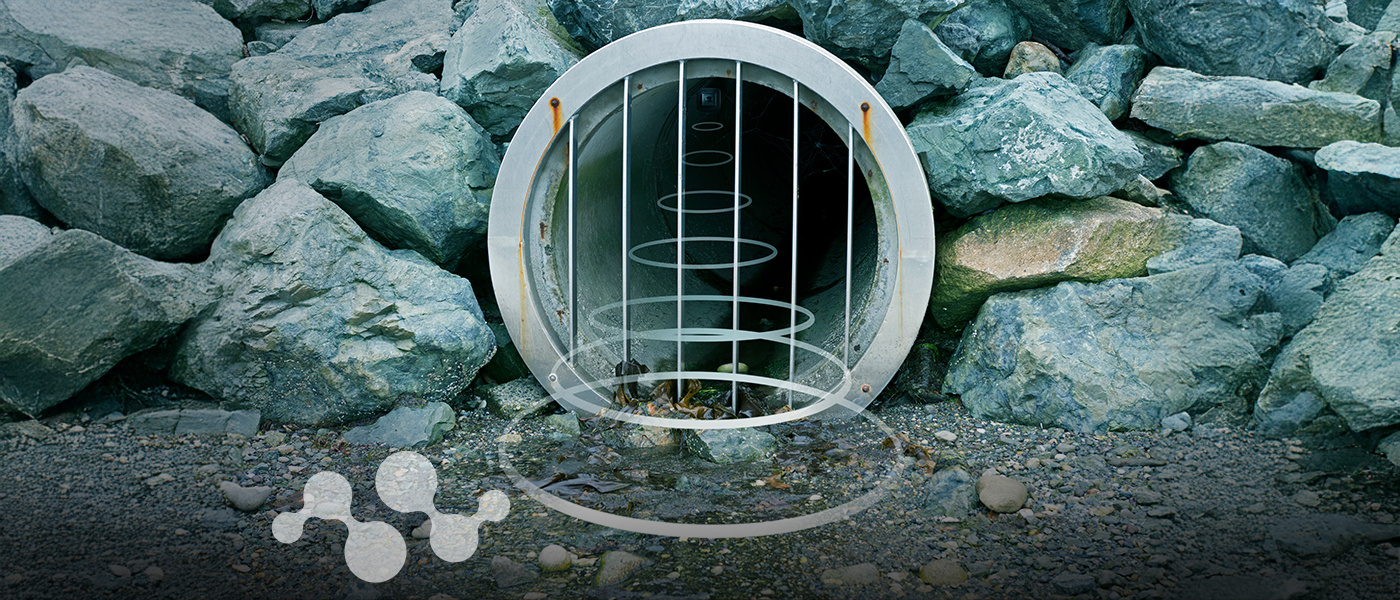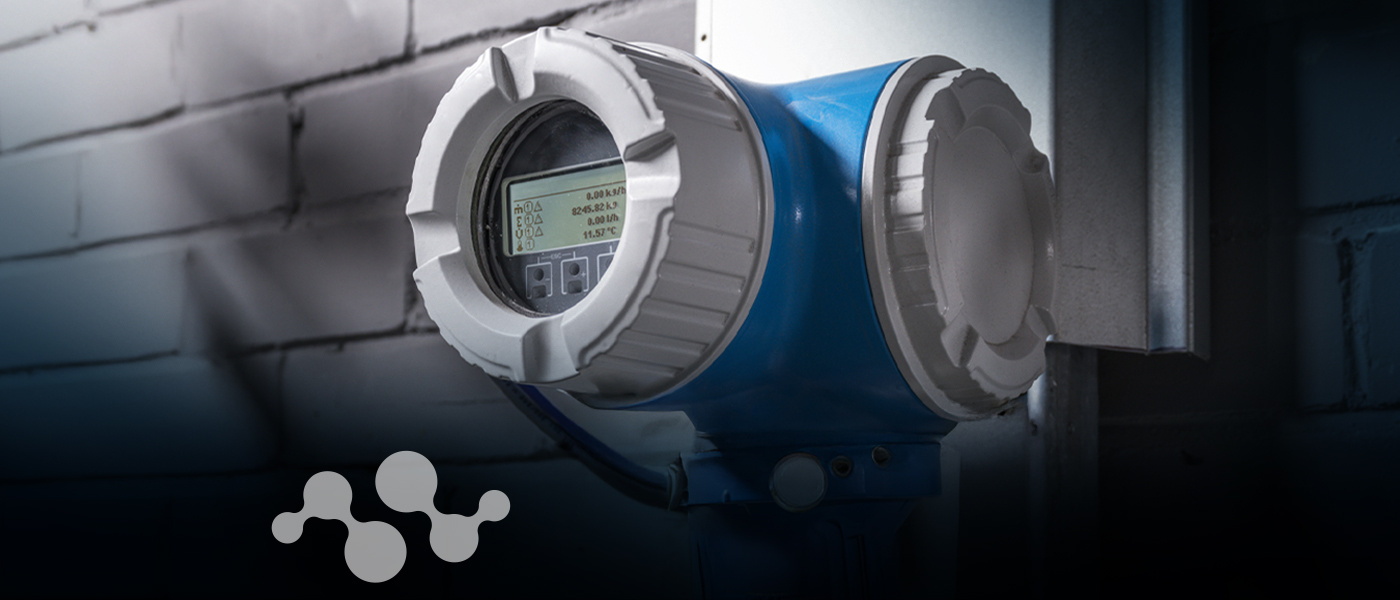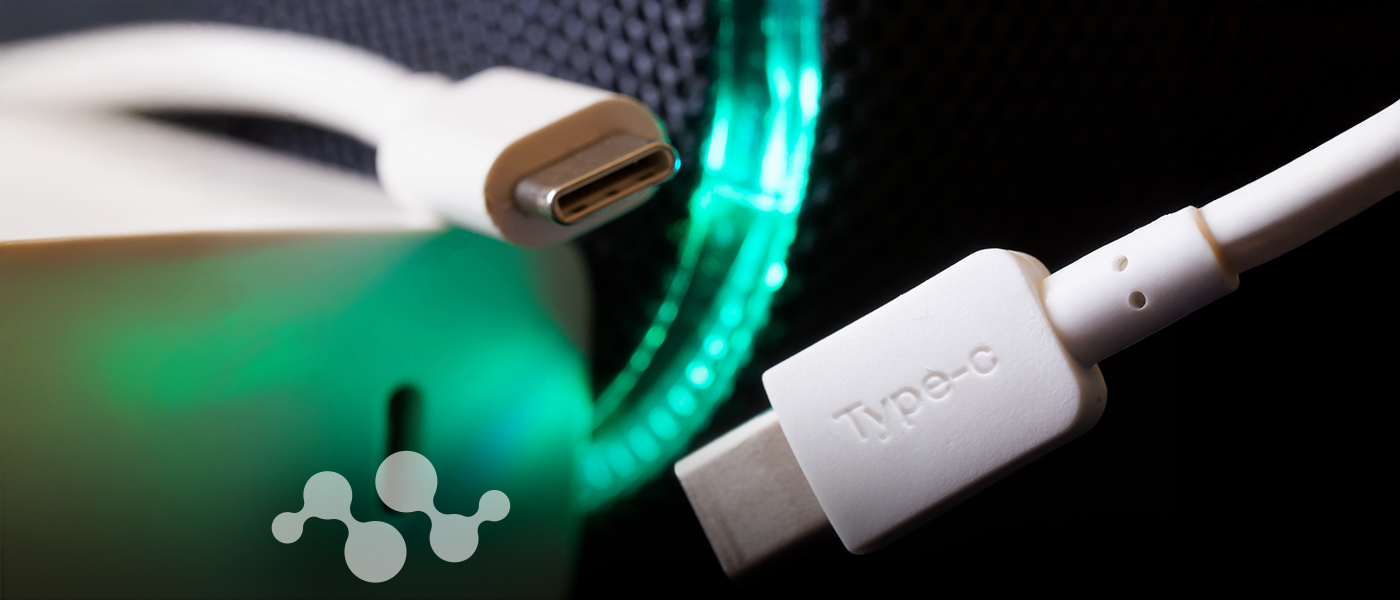Overview
The GS12281 is a low-power, multi-rate, re-timing cable driver supporting rates up to 12G UHD-SDI. It is designed to receive 100Ω differential input signals, automatically recover the embedded clock from the digital video signal and re-time the incoming data, and transmit the re-timed signal over 75Ω coaxial cables.
The 100Ω trace input supports up to 17dB of insertion loss.The device supports SMPTE ST 2082-1 (12G UHD-SDI), ST 2081-1 (6G UHD-SDI), ST 424 (3G SDI), ST 292-1 (HD-SDI) and ST 259 (SD-SDI). In addition to standard SMPTE rates, the device also supports re-timing of DVB-ASI at 270Mb/s, MADI at 125Mb/s, and 10GbE. The two cable drivers have highly configurable pre-emphasis and swing controls to compensate for long trace and connector losses. Additionally, automatic and user selectable output slew rate control is provided for each cable driver output.
Order Codes
- GS12281-INE3: Lead-Free, RoHS Compliant, Tray-490 Pieces
- GS12281-INTE3: Lead-Free, RoHS Compliant, Tape and Reel-250 Pieces
- GS12281-INTE3Z: Lead-Free, RoHS Compliant, Tape and Reel-2500 Pieces
PB Free/ROHS
Learn More →Features
- Dual non-inverted 75Ω cable interface with on-chip termination
- SMPTE ST 2082-1, ST 2081-1, ST 424, ST 292-1 and ST 259 compliant input/output
- Multi-standard operation from 1Mb/s to 11.88Gb/s
- In addition to standard SMPTE rates, the device also supports re-timing of DVB-ASI at 270Mb/s, and MADI at 125Mb/s.
- 3D Input Signal Eye Monitor
- PRBS generator and checker
- Cable driver mode features:
- Wide swing control
- Pre-emphasis to compensate for significant insertion loss between device output and BNC
- Automatic/manual output slew rate control
- Manual or automatic re-timer bypass
- Manual or automatic Mute or disable on LOS
- Trace equalizer features:
- Integrated 100Ω, differential input termination
- Automatic power down on loss of signal
- Adjustable carrier detect threshold
- DC-coupling from 1.2V to 2.5V CML logic
- Trace equalization to compensate for up to 20” FR4 at 11.88Gb/s
- Automatic input offset compensation
- CDR features:
- Manual or automatic rate modes
- Wide Loop bandwidth control
- Re-timing at the following data rates: 125Mb/s, 270Mb/s, 1.485Gb/s, 2.97Gb/s, 5.94Gb/s, and 11.88Gb/s. This includes the f/1.001 rates.
- Single 1.8V power supply for analog and digital core
- 2.5V or 3.3V for cable driver output supply
- GSPI serial control and monitoring interface
- Four configurable GPIO pins for control or status monitoring
- Wide operating temperature range: -40ºC to +85ºC
- Small 6mm x 4mm 40-pin QFN
- Pin compatible with the GS12181, GS12182, GS12081, and GS3281
- Pb-free/Halogen-free/RoHS and WEEE compliant package
| Documents | Release Date | Type | |
|---|---|---|---|
| GS12281 Datasheet | 2019-10-10 | ||
| Recommended Semtech Video Product Evaluation and Reference Design Boards | 2023-04-03 | ||
| Recommended Semtech Video Product Evaluation and Reference Design Boards | 2024-09-21 | ||
| Recommended Semtech Video Product Evaluation and Reference Design Boards | 2025-02-25 | ||
| GS12281 Reliability Qualification Report | 2019-12-17 | ||
| Altera Arria 10 Reference Design Daughter Card Evaluation Board User Guide | 2019-10-12 | ||
| EB-UHD-SDI Evaluation Board Kit User Guide | 2019-12-17 | ||
| GS12170 HDMI-to-SDI Reference Design Kit User Guide (RDK-GS12170-H2S00 & RDK-GS12170-H2S01) | 2023-05-12 | ||
| GS12170 SDI-to-SDI Reference Design Kit User Guide (RDK-GS12170-S2S00) | 2022-05-18 | ||
| RDK-12GCONV UHD Converter Reference Design Kit User Guide | 2020-08-20 | ||
| Documents | Release Date | Type | |
|---|---|---|---|
| EB-UHD-SDI Evaluation Board Kit Software | 2020-05-12 | ZIP | |
| RDK-12GCONV Reference Design Kit Software | 2020-08-20 | EXE | |
| RDK-GS12170-H2S00 / RDK-GS12170-S2S00 Reference Design Kit Control Software | 2023-08-02 | ZIP | |
| RDK-GS12170 Board MCU Source Code | 2022-08-25 | ZIP | |
| RDK-GS12170 Demonstration Software Source Code | 2022-08-25 | ZIP | |
| RDK-GS12170-H2S00 Board Design Files - Schematic (OrCAD) and Layout (Allegro) | 2021-03-10 | ZIP | |
| RDK-GS12170-H2S01 Board Design Files - Schematic (OrCAD) and Layout (Allegro) | 2023-04-26 | ZIP | |
| RDK-GS12170-S2S00 Board Design Files - Schematic (OrCAD) and Layout (Allegro) | 2021-06-21 | ZIP | |
Applications
- Next Generation 3D / 2D HFR HDTV and 2K D-Cinema, UHDTV1 and 4K D-Cinema end-equipment: Cameras, Monitors, Switchers, etc.
- Next Generation 3G, 6G, and 12G UHD-SDI infrastructures designed in support of UHDTV1, UHDTV2, 4K D-Cinema and 3D HFR and HDR production image formats.
Inventory
| Product | Country | Distributor | Qty | Buy |
|---|
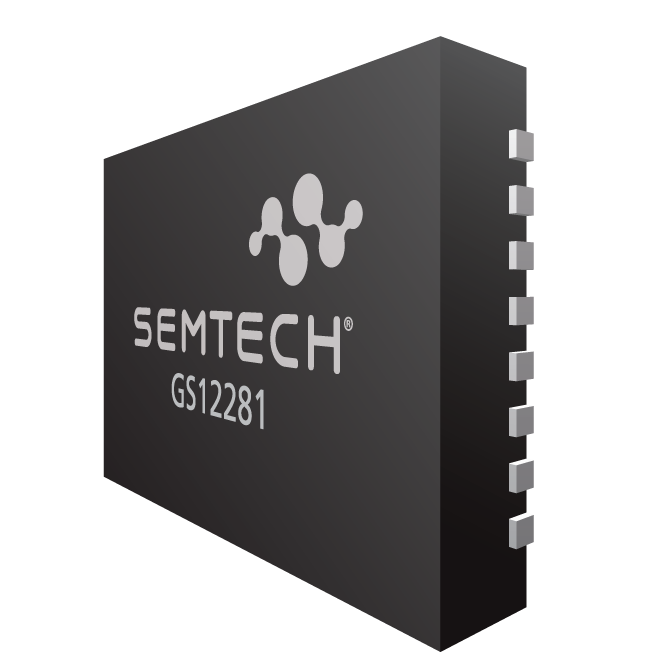
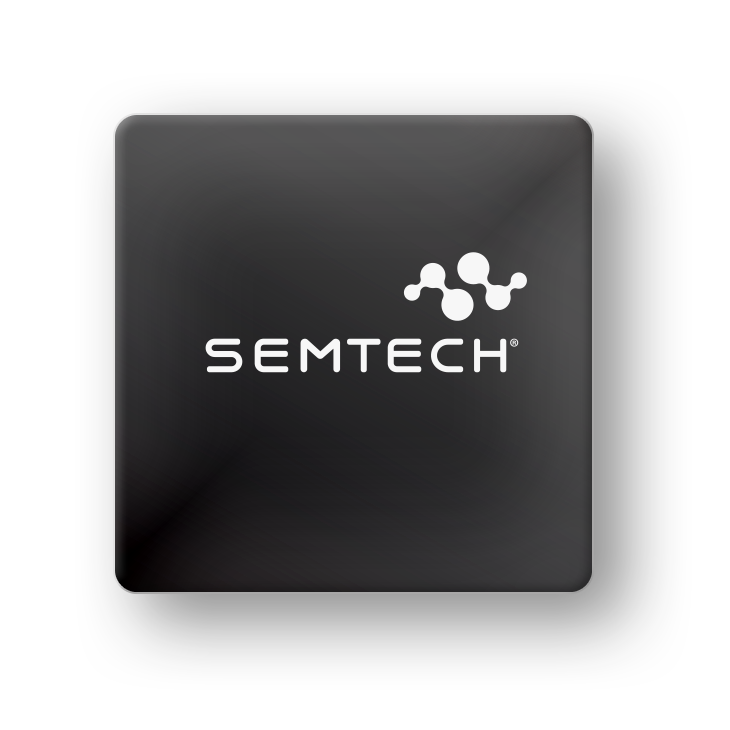

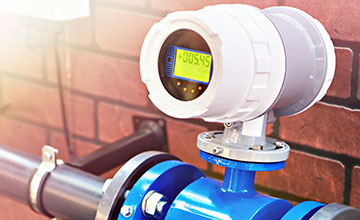

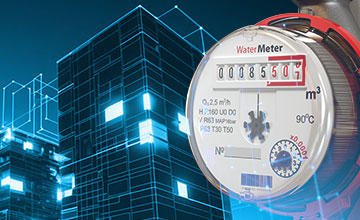












.png)













